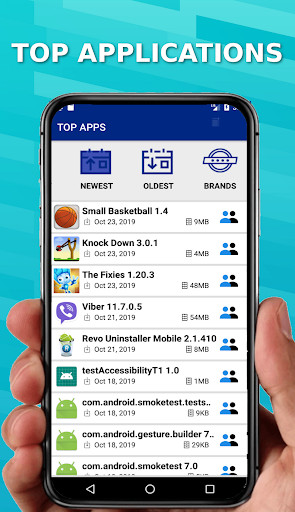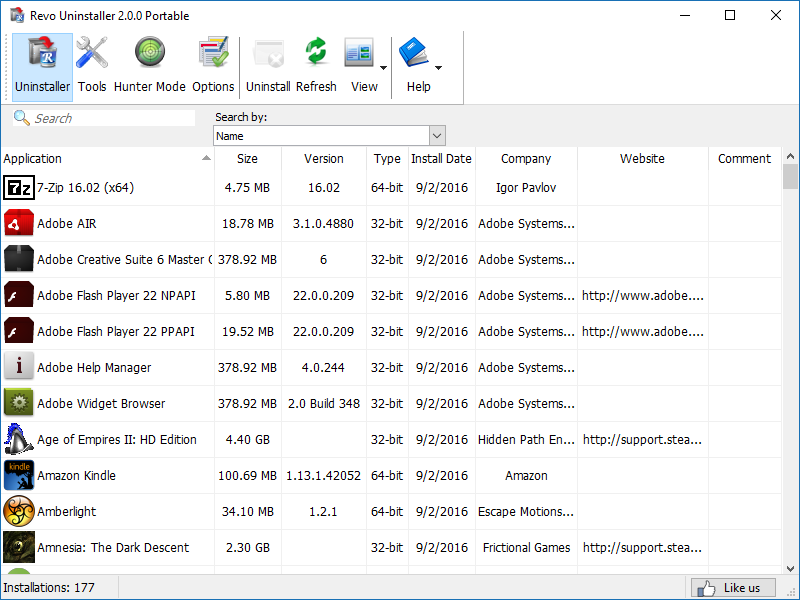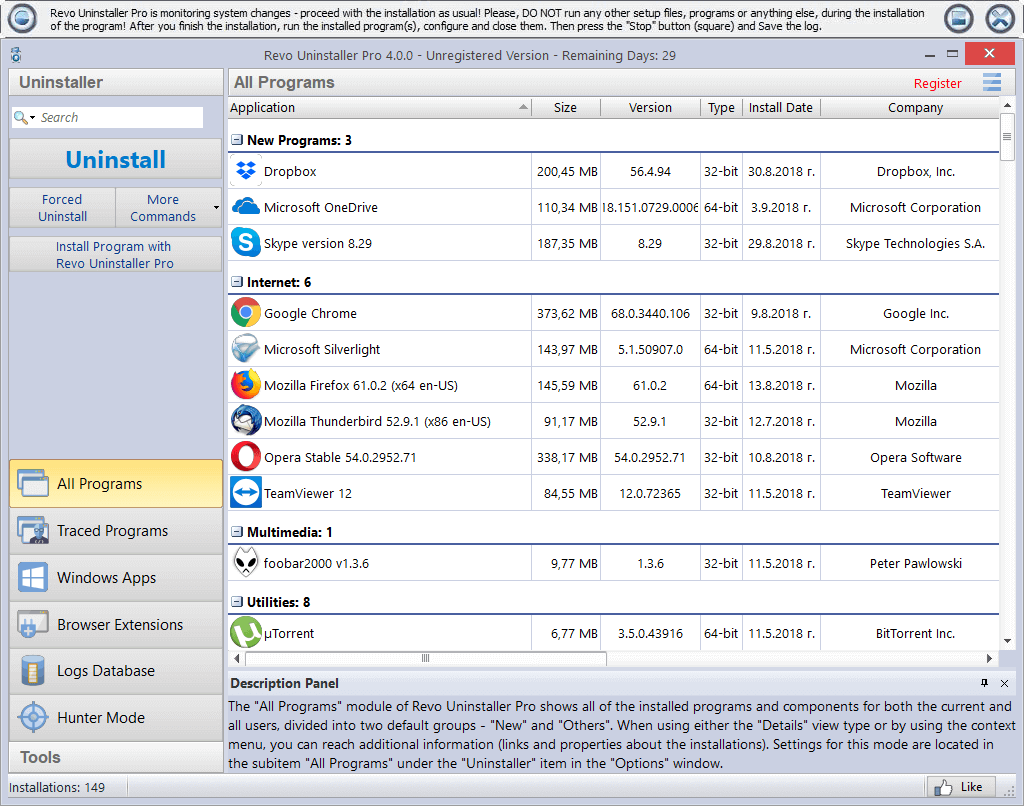

However, if a developer is particularly lazy, there may a number of files to remove remove and settings to revert after you uninstall the program the standard way. Ideally, there’d be no point in doing this. When you uninstall the program with the third-party uninstaller, the third-party uninstaller will run the program’s standard installer and then clean up any files the program left behind. The utility keeps a list of every file it sees the program add and every registry change it sees the program make. These tools may also watch the program when it runs for the first time, checking what it does during first startup. When you use a utility such as the widely-known Revo Uninstaller, it generally runs in the background and watches what an installer does when it installs the program. Third-party uninstallers attempt to exercise control over the uninstall process, removing what the official uninstaller misses. Antivirus programs often run into this problem because they integrate so deeply with the system.

That’s why these antivirus developers offer dedicated removal tools that you can download and run to really purge the program’s files from your system. For example, uninstalling Norton or McAfee antivirus from your Control Panel may not remove everything from the system. Many antivirus programs have a problem uninstalling in the normal way.

Third-Party Uninstallers For Specific Programs However, uninstallers don’t always work this well and may only remove some of the files, settings, libraries, and services they installed. In an ideal situation, the uninstaller will clean up everything the program added to the system and leave the system in a fresh state. When a program launches, it may make additional changes to the system’s registry and future updates may add additional files elsewhere on the system.Įach developer creates their own uninstaller for their program. Some programs that need to integrate more deeply with the system may dump DLLs and other files into the Windows folder or install system services. They’ll also add information to the registry. Typically, installers will create a directory in Program Files as well as scatter shortcuts around the system. Instead, the installer is free to do whatever it wants to your system. They’re not even managed by a package manager like they are on Linux, where the package manager keeps its own list of the files it installs. Installed programs aren’t managed by the operating system, like mobile apps on Android and iOS are - although “Modern” Windows apps do work this way. Installers for desktop programs on Windows are essentially programs of their own. RELATED: 7 Ways Modern Windows 8 Apps Are Different From Windows Desktop Apps Why Aren’t Normal Installers Always Good Enough?


 0 kommentar(er)
0 kommentar(er)
